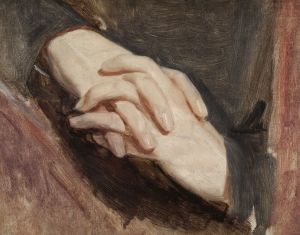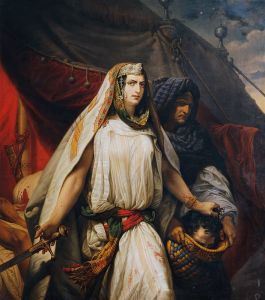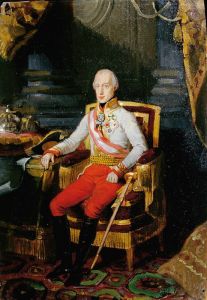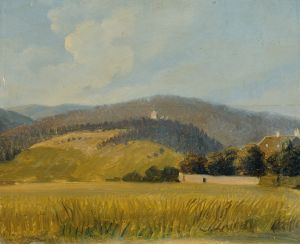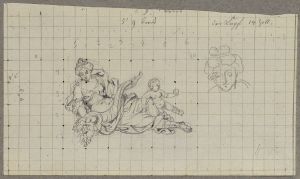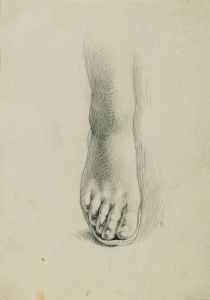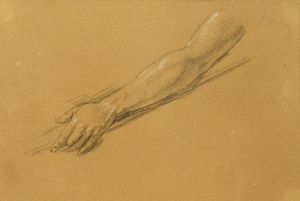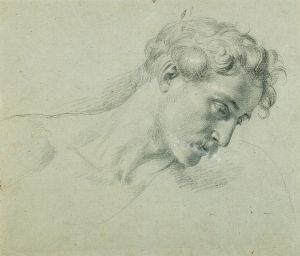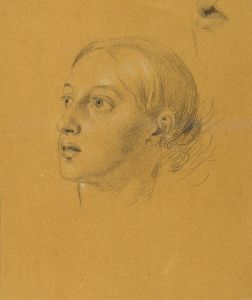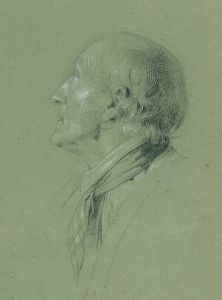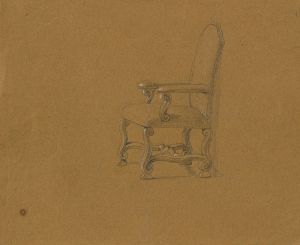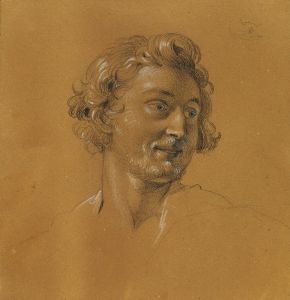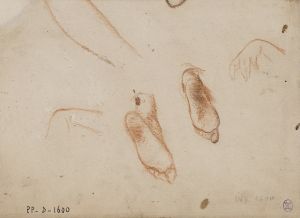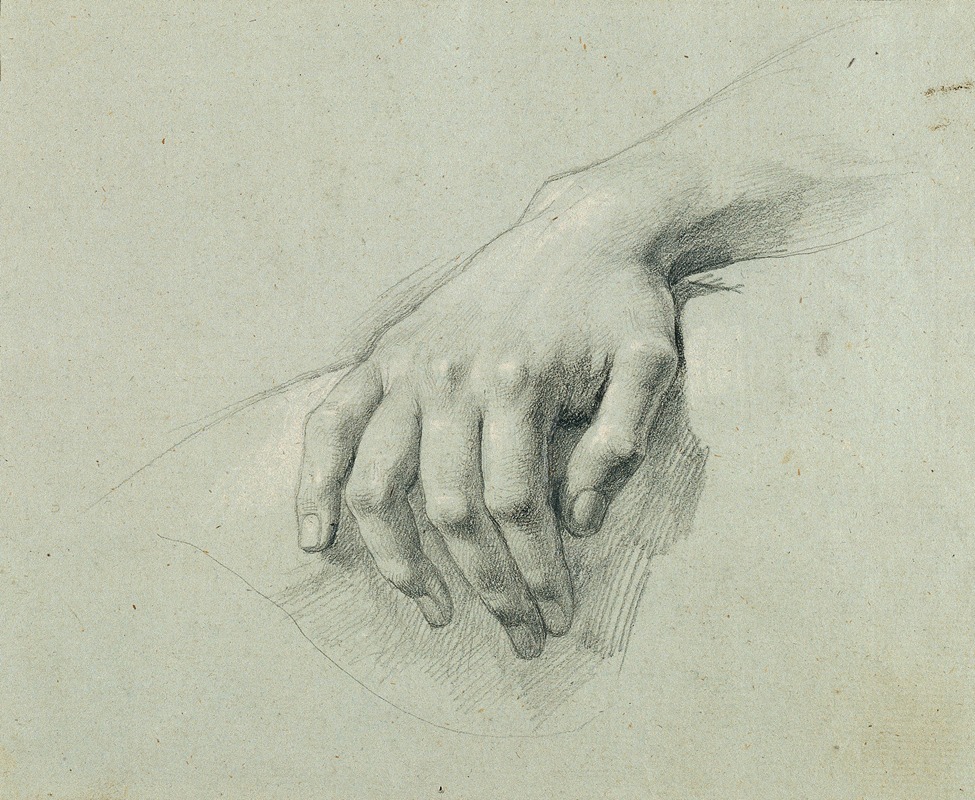
Handstudie zu ‘Arindal und Daura’
A hand-painted replica of Johann Peter Krafft’s masterpiece Handstudie zu ‘Arindal und Daura’, meticulously crafted by professional artists to capture the true essence of the original. Each piece is created with museum-quality canvas and rare mineral pigments, carefully painted by experienced artists with delicate brushstrokes and rich, layered colors to perfectly recreate the texture of the original artwork. Unlike machine-printed reproductions, this hand-painted version brings the painting to life, infused with the artist’s emotions and skill in every stroke. Whether for personal collection or home decoration, it instantly elevates the artistic atmosphere of any space.
Johann Peter Krafft was an Austrian painter known for his historical and genre scenes, as well as his portraits. One of his works, "Handstudie zu ‘Arindal und Daura’," is a study drawing that reflects his meticulous approach to composition and detail. Krafft was born on September 15, 1780, in Hanau, Germany, and later moved to Vienna, where he became a prominent figure in the art scene of the Austrian Empire.
Krafft's education began at the Hanau Academy of Drawing, and he further honed his skills at the Academy of Fine Arts in Vienna. His artistic development was influenced by his travels to Paris, where he studied under Jacques-Louis David, a leading figure of the Neoclassical movement. This experience significantly shaped Krafft's style, which often incorporated elements of Neoclassicism, characterized by clarity of form, sober colors, and strong lines.
The drawing "Handstudie zu ‘Arindal und Daura’" is a preparatory study for a larger work that Krafft intended to create. The title suggests that the study was related to a depiction of characters named Arindal and Daura, though specific details about the narrative or the intended final painting are not well-documented in historical records. Such studies were common practice for artists of Krafft's time, allowing them to explore different poses, gestures, and anatomical details before committing to the final composition.
Krafft's attention to detail and his ability to capture the subtleties of human anatomy are evident in this study. The drawing likely served as a reference for the hands of the characters in the larger composition, showcasing Krafft's dedication to achieving realism and expressiveness in his figures. His studies often reveal a deep understanding of the human form, which was a testament to his rigorous training and his commitment to the artistic ideals of his era.
Throughout his career, Johann Peter Krafft received numerous commissions from the Austrian court and nobility, which helped establish his reputation as a leading artist of his time. His works often depicted historical and allegorical themes, reflecting the cultural and political milieu of the Austrian Empire. Krafft's ability to blend historical accuracy with artistic expression made his paintings highly regarded by his contemporaries.
In addition to his artistic achievements, Krafft also played a significant role in the art community as a teacher and administrator. He served as a professor at the Academy of Fine Arts in Vienna and later became its director. His influence extended to the next generation of artists, and he was instrumental in shaping the direction of Austrian art during the 19th century.
Johann Peter Krafft passed away on October 28, 1856, in Vienna, leaving behind a legacy of works that continue to be studied and appreciated for their historical significance and artistic merit. While "Handstudie zu ‘Arindal und Daura’" may not be as widely recognized as some of his completed paintings, it remains an important example of his artistic process and dedication to his craft.





